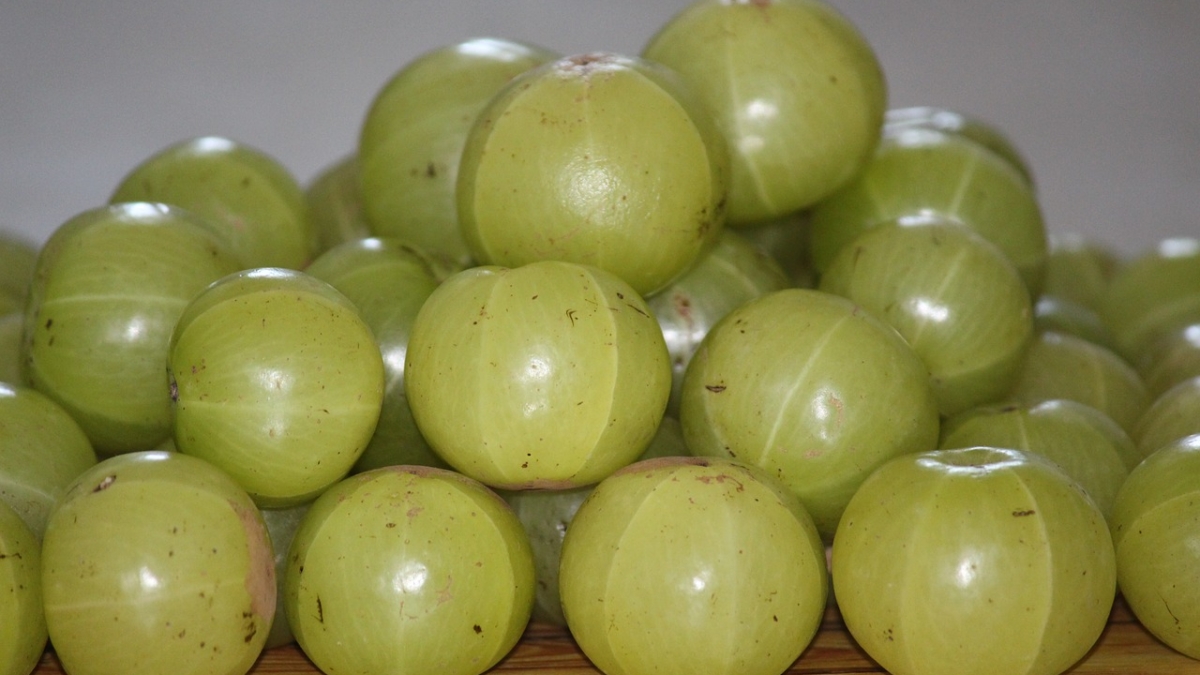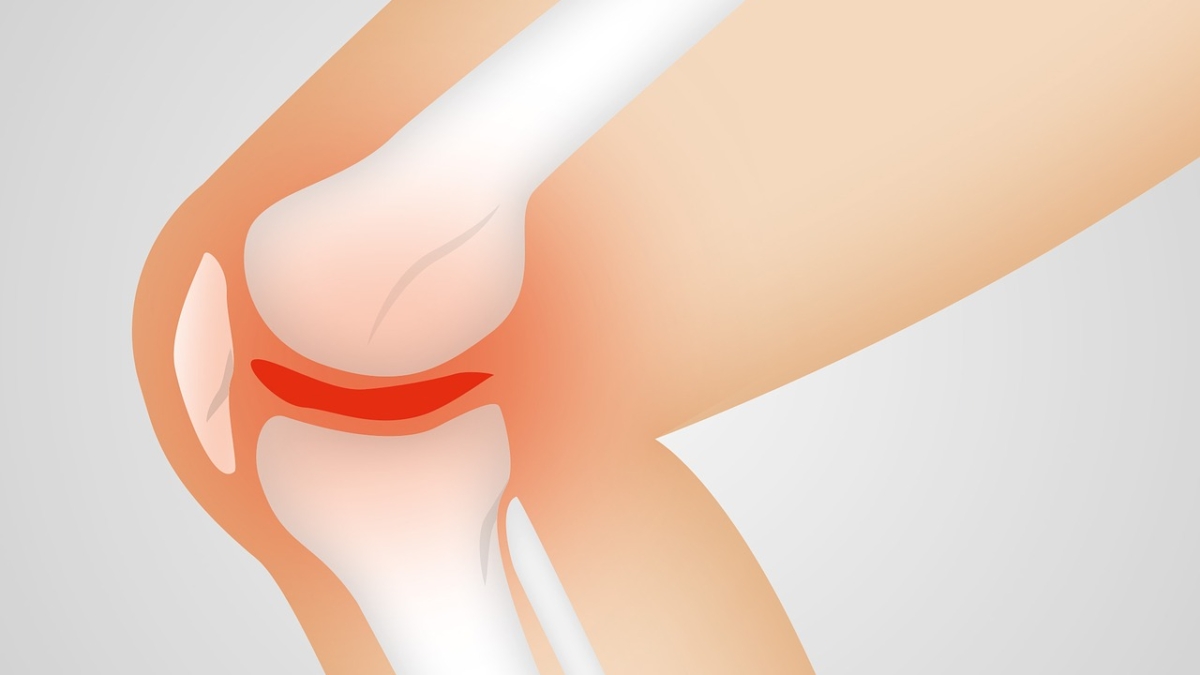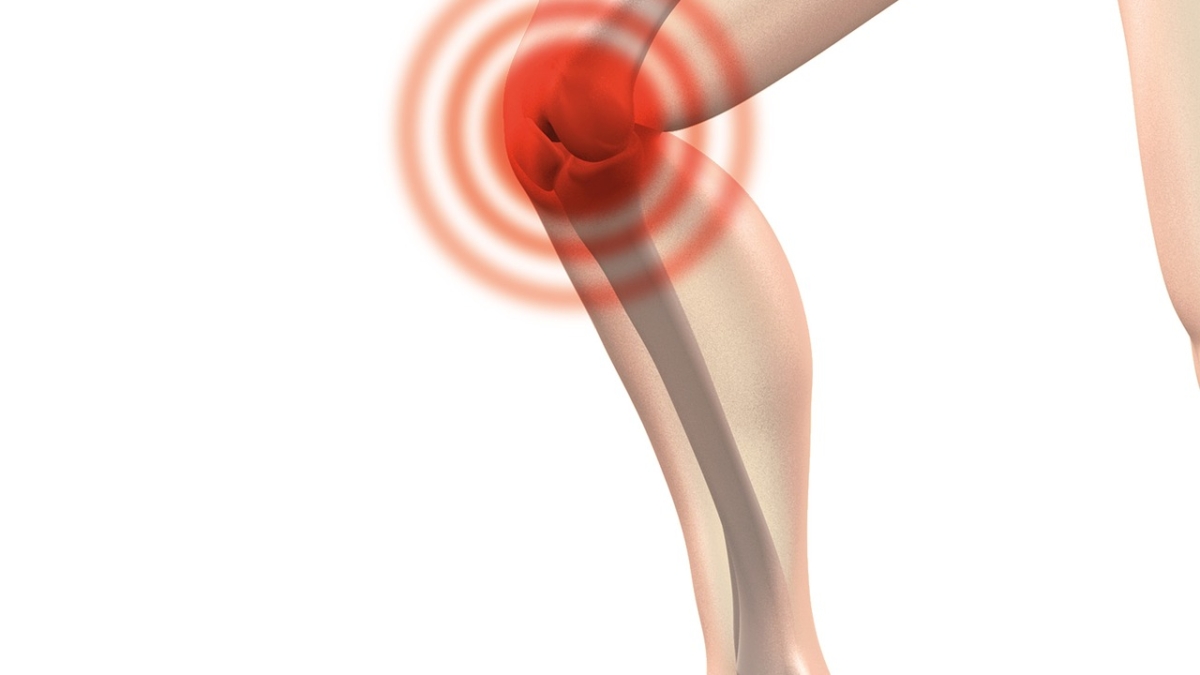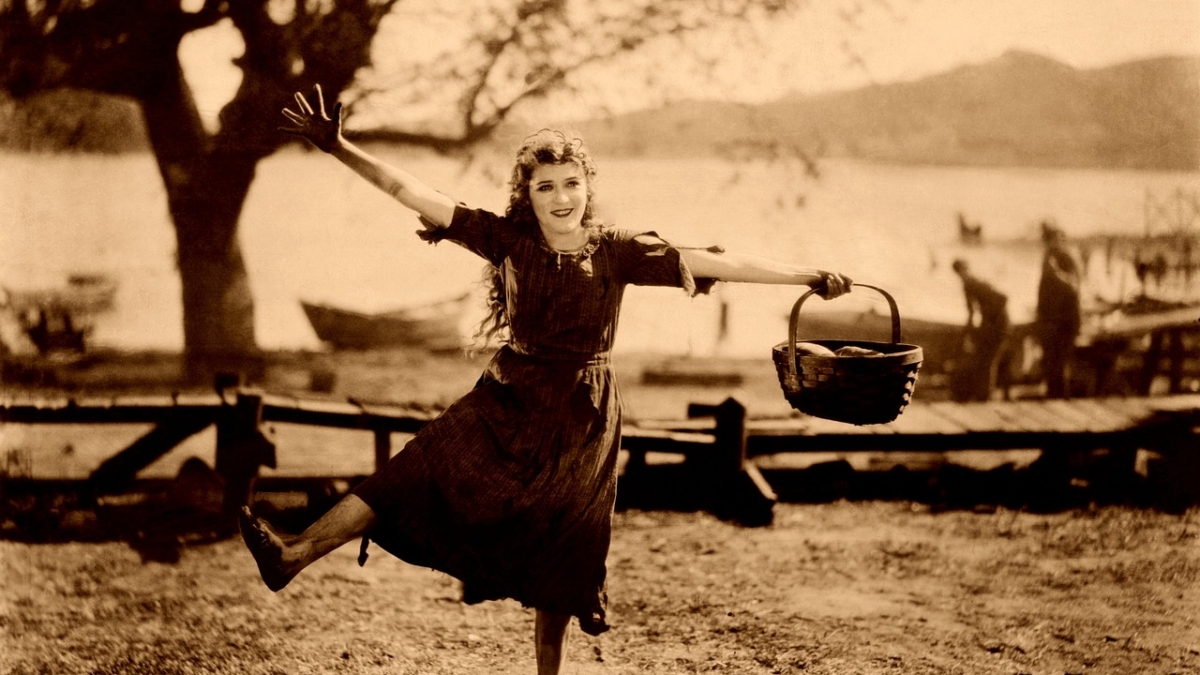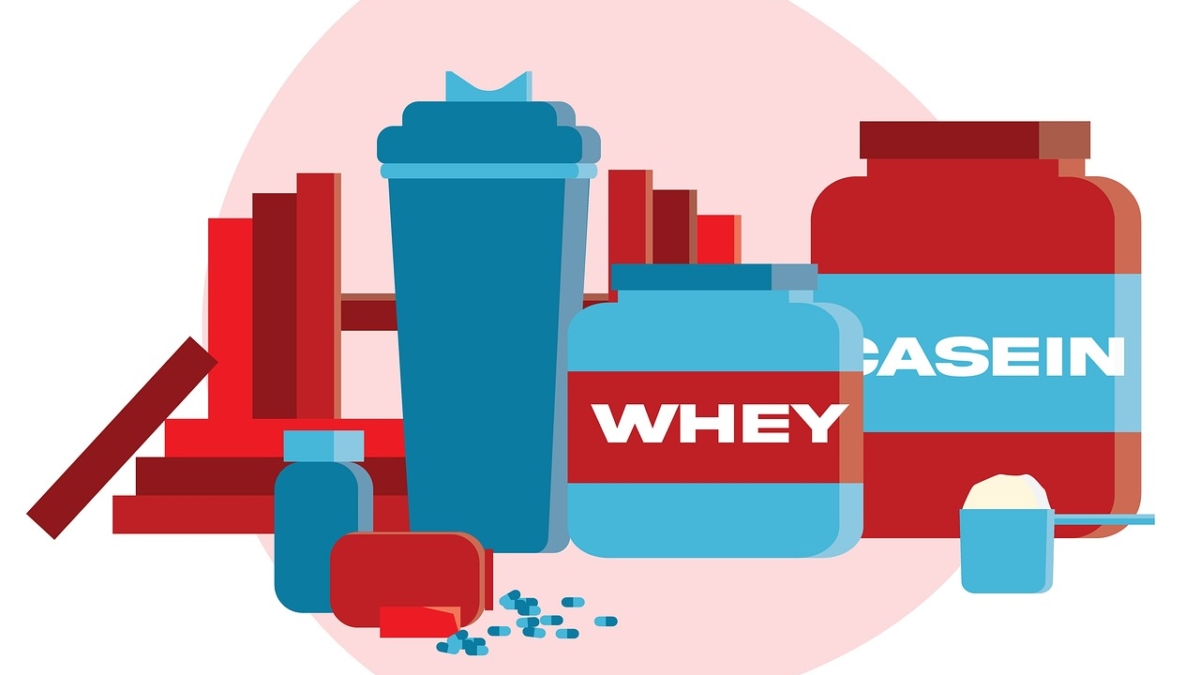Greetings, dance enthusiasts, and wellness seekers! This is your dance teacher from Anyone Can Dance, and today I’m stepping out of the dance studio to talk about something equally important – our health and wellness. As dancers, it’s essential for us to stay in the best of health to keep our dance moves sharp and graceful. But what if I told you that the same applies to anyone aspiring for a healthy and vigorous lifestyle?
Recently, I’ve discovered a potent health elixir that’s transformed not just my dance sessions but my overall well-being too. What’s this miraculous potion? A humble mix of amla juice and honey! Sounds too simple to be true, right? But trust me, the benefits are astounding. I’ve been taking it regularly, and I can attest to its effects first hand.
The Power of Amla and Honey
Amla, or Indian gooseberry, is a potent source of antioxidants, vitamin C, and numerous other nutrients that provide an array of health benefits. Honey, on the other hand, is a natural sweetener with antibacterial and anti-inflammatory properties. Together, these two create a perfect health concoction.
Health Benefits of Amla Juice and Honey
- Boosts Immunity: The Vitamin C in amla helps boost immunity, and honey adds an extra layer of protection, making you less prone to common ailments.
- Enhances Digestion: The fiber-rich amla juice improves your digestive system, and honey aids in reducing acidity and gastritis issues.
- Promotes Heart Health: The blend helps maintain healthy cholesterol levels and promotes heart health.
- Aids Weight Loss: This mixture can support your weight loss journey by speeding up metabolism and reducing unwanted fat.
- Improves Skin and Hair Health: With its high antioxidants, this combination works wonders for your skin and hair, giving them a natural glow and strength.
A Twist of Mint and Coriander
But can we add mint leaves or coriander to this mixture? Absolutely! Both mint and coriander add their unique benefits, making the concoction even more powerful.
Mint: Mint is known for its refreshing flavor and cooling effect. It aids digestion, helps soothe headaches, and is excellent for skin health.
Coriander: Coriander is loaded with antioxidants and has several digestive benefits. It also helps control blood sugar levels and promotes heart health.
Adding a few fresh leaves of mint or coriander to your amla and honey mixture not only enhances the taste but also boosts the overall health benefits.
As a dancer, I have found this potent mixture of amla juice and honey to be a game-changer. It fuels my energy, keeps my skin glowing, and helps maintain my weight, all of which are vital for my dance performance. And the best part? It’s natural and free from any harmful side effects.
Remember, it’s not just about being able to dance well, but also about feeling well from within. Your body is your greatest asset. Cherish it, nourish it, and watch it work wonders for you.
Here’s to a healthier you and more vibrant dance sessions. Until next time, keep dancing, and stay healthy!
Yours in dance and health,
Tiru Sameer Yarlagadda

